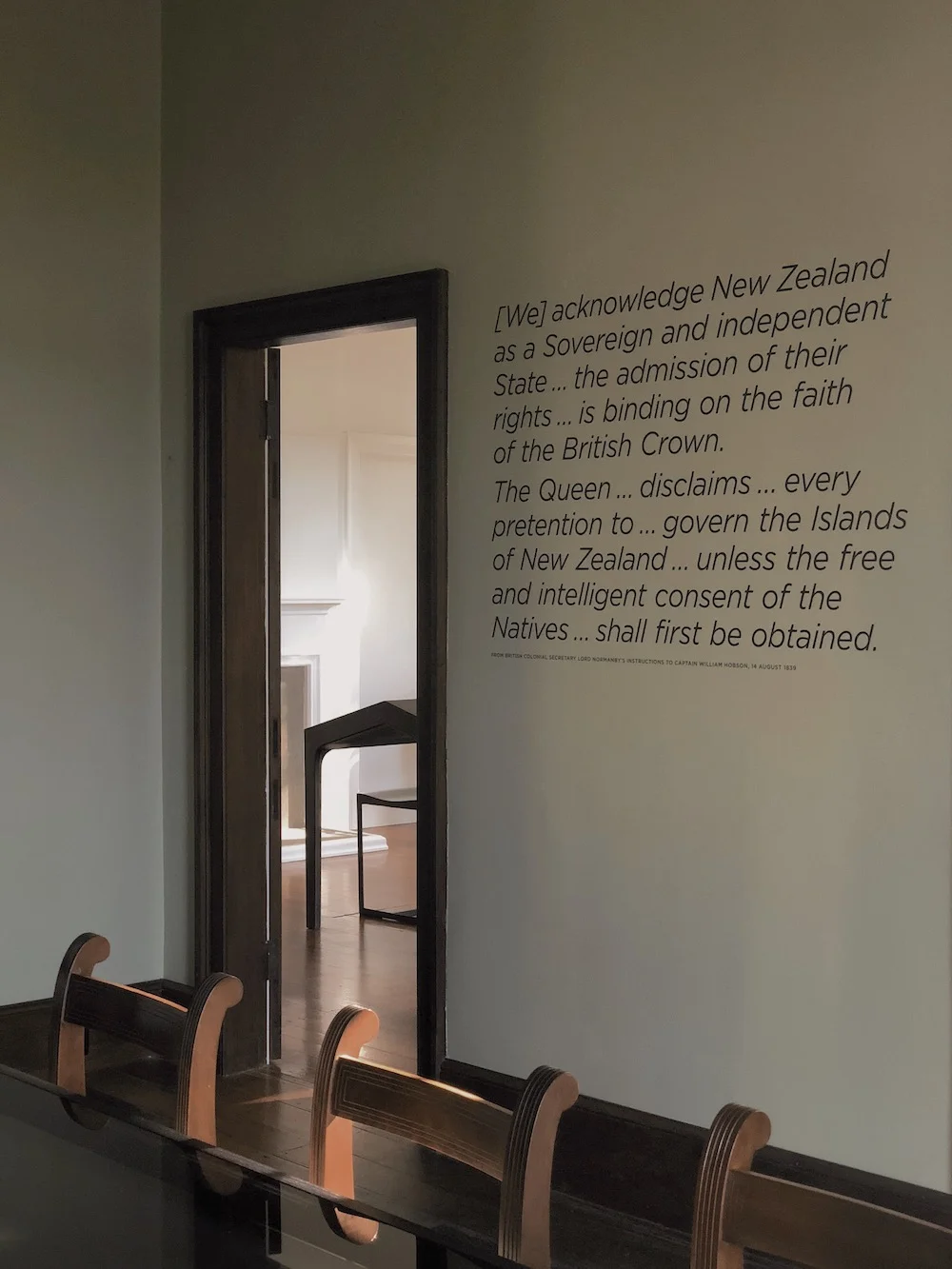Waitangi
Waitangi
Travel, Architecture
Northland, New Zealand
On 6 February 1840, representatives of the British Crown met with prominent Māori chiefs from the northern regions of the North Island, to sign the Treaty of Waitangi (a name meaning weeping waters). New Zealand's founding document was then transported around the country to allow chiefs from other tribes to sign with ultimate intention, from the Crown's perspective, to protect Māori interests from the encroaching British settlement. As most early chiefs could not speak or understand English, the English version of the treaty was translated into Māori. However, there were variations in meaning between the two translations, and some obligations that the Treaty placed on the partners are still contentious.
The Waitangi Treaty Grounds include New Zealand’s most visited historic home, Treaty House, built for the first British resident, James Busby, and his family.
The Waitangi Treaty Grounds is also home to two of the nation's cultural icons - Te Whare Runanga and a ceremonial waka taua (war canoe). Te Whare Runanga is a carved Māori meeting house erected to commemorate the centenary of the first signing of the Treaty of Waitangi, with carvings in the house produced by the local Ngapuhi tribe.
Ngatokimatawhaorua, one of the largest Māori waka, sits in the grounds. At 35.7 metres long, up to 2 metres wide and weighing 12 tonnes, the vessel is an impressive sight on the water with a crew of up to 80 paddlers and 55 passengers.
















